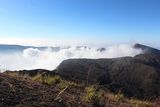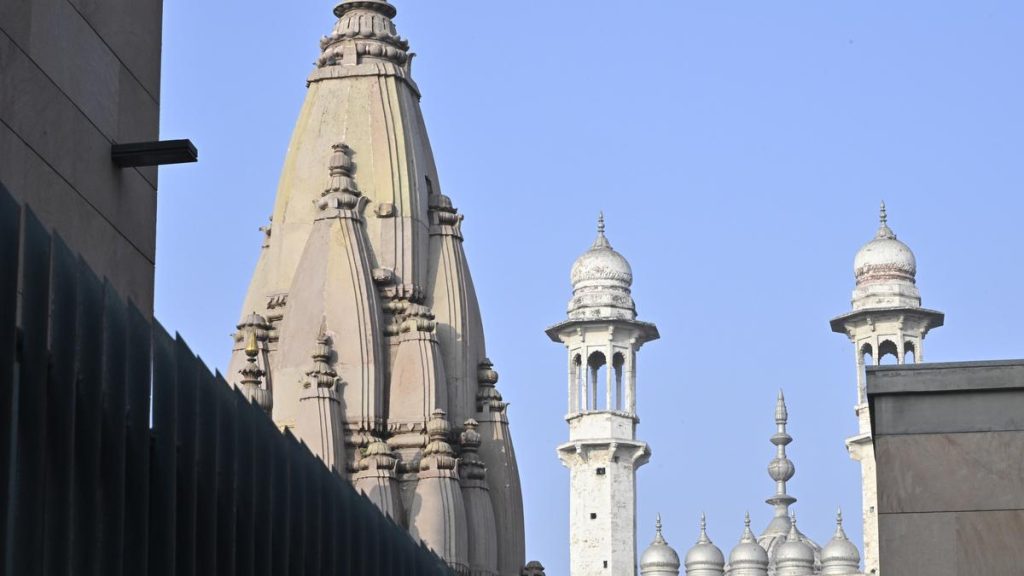Now Reading: Mount Tambora Remains Active but Unlikely to Erupt Devastatingly Again
-
01
Mount Tambora Remains Active but Unlikely to Erupt Devastatingly Again
Mount Tambora Remains Active but Unlikely to Erupt Devastatingly Again

Quick Summary
- Event: Mount Tambora’s 1815 eruption was the largest in recorded history, causing global climate alterations and devastating impacts.
- Location: Mount Tambora is situated on Indonesia’s Sumbawa island, within the highly active Sunda Arc chain of volcanoes.
- Impact: The eruption spewed 24 cubic miles of ash, rock, and gases into the atmosphere, lowered Earth’s temperature by about 5°F, caused crop failures globally via a “year without summer,” and resulted in an estimated total death toll exceeding 90,000 due to direct and indirect effects.
- Current Status: It remains active but has been quiet since it’s last minor eruption in 1967. Experts believe a catastrophic VEI-7 event is unlikely in the near future; preparedness plans are in place for potential eruptions.
To learn more about volcanic prediction methods and historical context: read More
Indian Opinion Analysis
The history of Mount Tambora underscores both nature’s immense power to shape global climates and humanity’s vulnerability to such disasters. While India was geographically distant from this historic eruption, its effects-like altered growing seasons-highlight interconnected vulnerabilities even across continents. For India today as a heavily agrarian economy facing climate uncertainty already exacerbated by modern warming trends, lessons from events like Tambora emphasize investing consistently into scientific forecasting capabilities.
Global collaboration between geological research centers provides much-needed strategies for disaster mitigation that countries like India could benefit from adopting further-such as monitoring its tectonically active Himalayan belt or ensuring rapid disaster response mechanisms tied to early warnings. Crises on this scale bring out shared humanity’s fragility-and duty-to prepare with foresight wherever feasible.






















